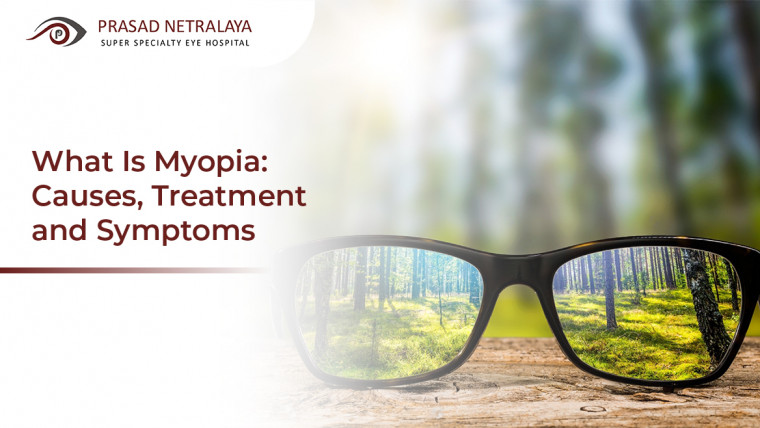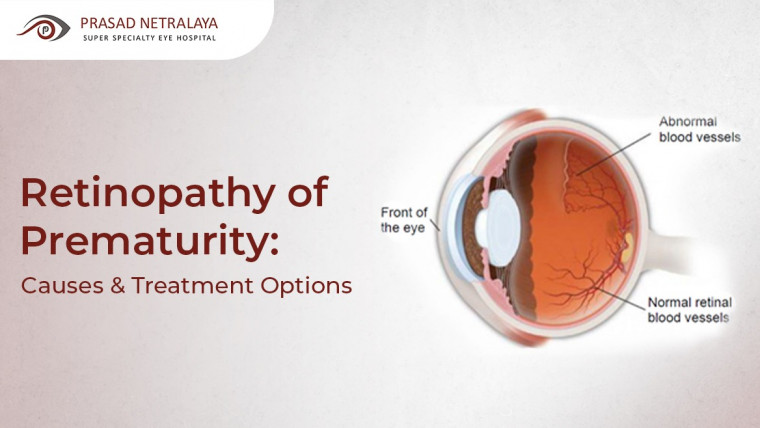While eye tearing can be an uncomfortable experience, it’s not as uncommon as you think. So, what exactly causes this phenomenon?
Eye tearing (known as lacrimation) is a condition where there’s an overflow of tears from the eyes. While excessive or persistent tearing of eyes may appear to be a minor issue, it can be a sign of a more serious problem.
In this blog post, we will explore the various factors that can contribute to excessive tearing of eyes and where you can find the best treatment.
Table of Contents
Understanding the Causes of Eye Tearing
Knowing the causes of eye tearing can help you take the appropriate precautions to safeguard and preserve your vision. Getting to the root of what causes eye tearing is not as difficult as you might think.
Here are some causes that leads to tearing of eyes.
1. Irritation or Inflammation of the Eyes
Eye irritation or inflammation can be caused by a variety of triggers, including dust, smoke, chemicals, and other irritants that come into contact with the eyes. As a result, the eyes produce tears to flush out the irritant to protect themselves, leading to eye tearing.
Eye tearing can lead to serious conditions for people who spend a lot of time outside or in dusty environments. Some well-known causes of eye irritation are chemicals such as chlorine or cleaning agents, as well as smoke from cigarettes or wood fires.
2. Infections
Eye tearing can be brought on by viral infections such as conjunctivitis, also referred to as pink eye. This type of infection affects the conjunctiva, which is a clear membrane covering the white area of the eye and the inside of the eyelid. It’s caused by bacteria, viruses, and allergies, among other things.
Conjunctivitis is a serious condition and, if left untreated, can result in permanent eye damage. If you suspect you have pink eye, consult an eye doctor for a diagnosis and treatment.
Watery eyes can also be caused by sinus infections (sinusitis). It can trigger the same symptoms as seasonal allergies, such as runny nose and tearing of eyes.
3. Allergens
Allergies are one of the many causes of eye tearing. It can be caused by a variety of allergens, such as pollen, dust, pet dander, and mold. When these allergens come in contact with the eyes, the immune system responds by releasing histamine and other chemicals, causing inflammation and swelling of the eyes and surrounding tissues.
The most effective way to avoid eye tearing is to avoid allergens. You can do this by staying indoors during high pollen counts, closing windows, and using air filters in the home. Additionally, you can even keep your pet out of the bedroom and vacuum frequently to reduce pet dander.
4. Structural Problems
Tears can overflow due to structural problems in the eyes, resulting in excessive eye tearing. Drooping eyelids, also known as ptosis, is one such problem. When the muscle that raises the eyelid weakens or becomes paralyzed, the eyelid droops and partially covers the eye.
Strabismus, or misaligned eyes, is when one eye isn’t properly aligned with the other, appearing crossed or turned in the opposite direction. This structural issue is one of the causes of eye tearing.
5. Hormonal Changes
Dry eyes and increased eye tearing can be caused by hormonal changes during pregnancy and menopause. Hormonal changes can influence the production and composition of tears, resulting in dry eyes that cause discomfort, burning, and itching.
As the eyes dry out, they become more prone to infection and inflammation, which can result in excessive eye tearing.
Also Read : Puffy Eyes: Causes, Symptoms and Treatments
Know the Causes of Eye Tearing and Treat Them Today
Although the causes of eye tearing vary, the effects of eye tearing can range from minor irritations to more serious conditions. Understanding the causes of eye tearing can help you take the necessary steps to protect and preserve your eye health.
At Prasad Netralaya, our team of experienced ophthalmologists and optometrists is dedicated to providing comprehensive eye care for a wide range of eye conditions, including those that cause excessive tearing of eyes.
With the latest technology and a patient-centered approach, we work closely with our patients to diagnose and treat the underlying cause of their eye problems and help them achieve the best possible outcome. For more information, please visit our website.
Dr. Vikram Jain, M.S. had his medical training (MBBS) from Kasturba Medical College, Mangalore, India. He did his master’s in Ophthalmic surgery from Kasturba Medical College, Manipal. He currently manages the Glaucoma department of Prasad Netralaya hospital.



